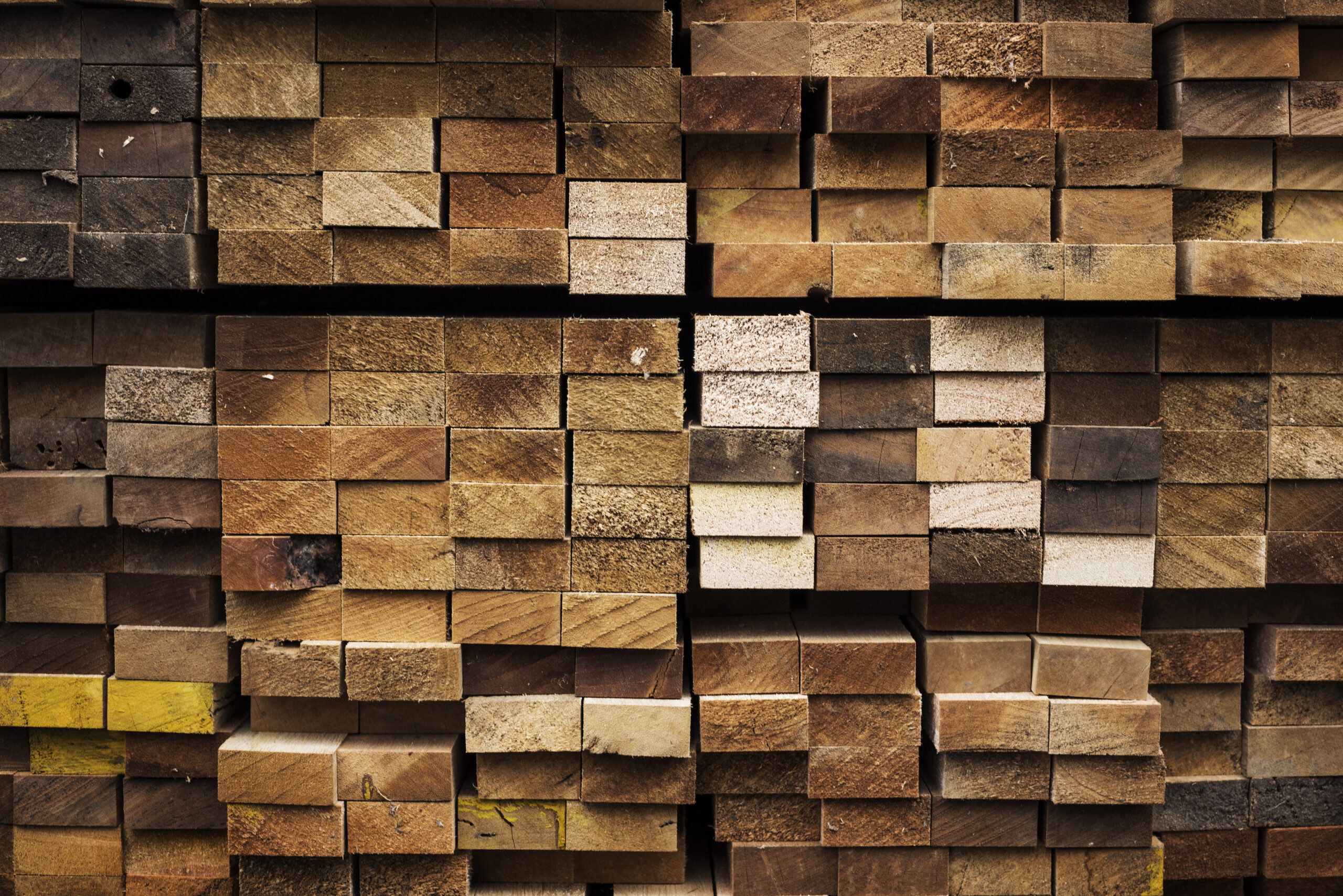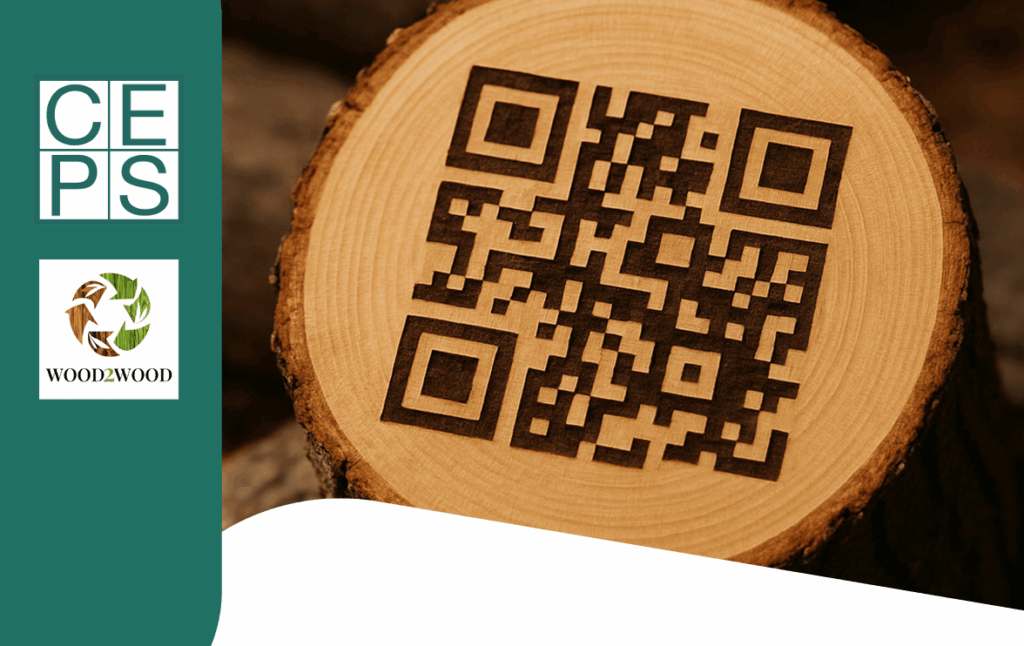
Written By Bishnu Babu
In Europe, the built environment churns out massive waste volumes, with construction and demolition waste (CDW) hitting around 850 million tons annually[1]. Wood claims a big share—38% of the roughly 53 million tons of total wood waste in 2018, including about 20 million tons from CDW and nearly half from furniture in municipal solid waste[2]. Shockingly, just 40% gets recovered or recycled; the rest is incinerated or landfilled, forfeiting billions in economic value[3].
The recovered wood sector stumbles on challenges like erratic sourcing and contamination from paints, nails, and debris. Yet, this waste holds untapped potential. By transforming it into particleboards, insulation, and more, industries can halve virgin wood demand, slashing costs and creating “waste-to-wealth” chains worth € billions. These circular bio-based alternatives foster jobs in collection and processing, cut import dependencies, and shield against timber price swings.
The W2W project focuses on recovering wood waste from construction demolition and furniture discards in the built environment, collecting it, upcycling it, and reintegrating it into the built environment value chain. This is achieved through advanced sorting technologies, digital tools for estimating waste quantities, Digital Product Passports (DPP) to enhance traceability, Life Cycle Assessment (LCA) and Life Cycle Costing (LCC) tools, and supply chain optimisation to identify optimal upcycling routes. Tailored through three specialised valorisation routes to accommodate the diverse characteristics and impurities in the collected wood.
What sets the project apart is its visionary approach to developing high-value end products for the built environment, aimed at proving that upcycled wood can rival virgin materials in performance. Ultimately, this will encourage greater adoption of secondary wood products, minimise wood waste, and decrease reliance on virgin wood in the construction sector. As it scales, expect thriving local economies, greener builds, and a blueprint for global bio-innovation.
To highlight the circular innovations for a low-carbon built environment, Wood2Wood will be participating at the Sustainable Places 2025 along with other EU-funded projects to showcase the wood waste cascade upcycling valorisation approach. More details on SP25 here.
The W2W holistic approach will reduce the demand for virgin materials, reduce the amount of waste that ends up in landfills or incineration facilities, allow for the creation of new value-added products from waste materials, and support the transition towards a circular economy by promoting closed-loop systems where materials are continually repurposed and reused, extending their useful life.
[1] https://www.sciencedirect.com/science/article/abs/pii/S0959652619332706
[2] https://waste-management-world.com/resource-use/turning-wood-waste-into-a-resource-opportunity-wood2wood/
[3] https://waste-management-world.com/resource-use/turning-wood-waste-into-a-resource-opportunity-wood2wood/

